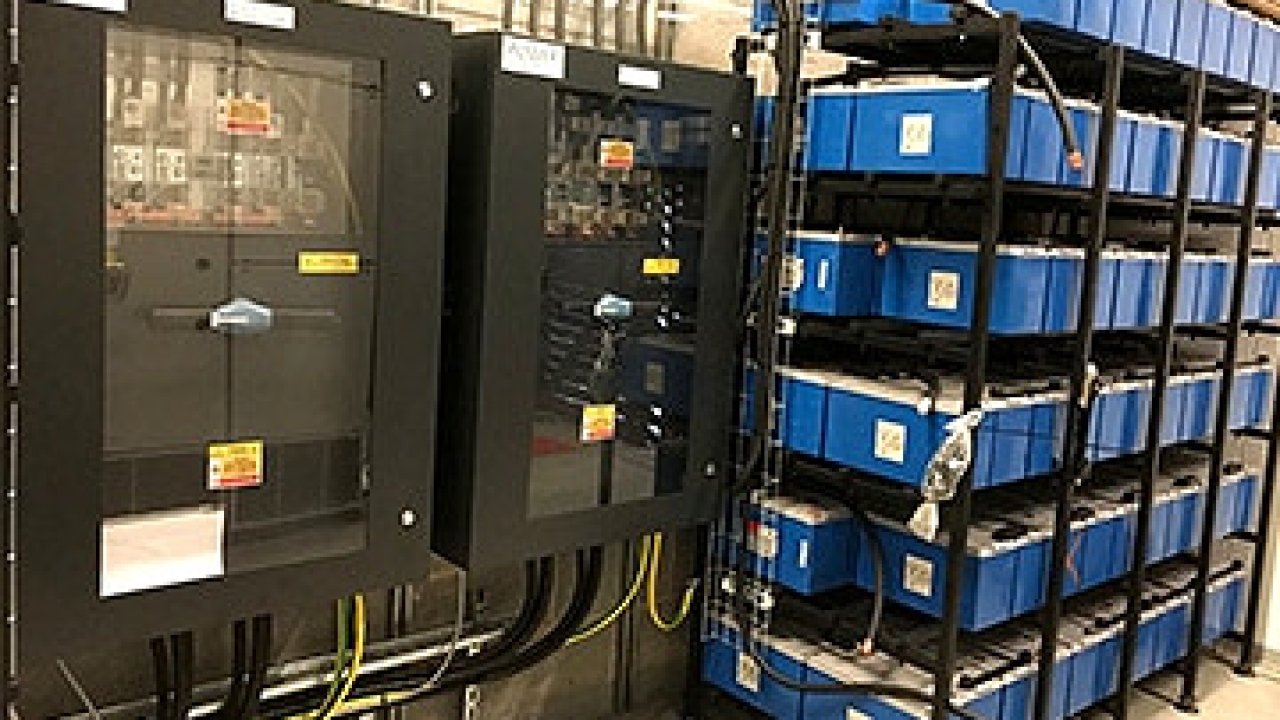UPS Replacement: Ensuring Uninterrupted Power and Business Continuity
Posted on 1 August, 2023 by POWER CONTINUITY

Uninterruptible Power Supply (UPS) systems are critical components that provide backup power to essential devices and equipment during power outages or fluctuations. UPS systems safeguard businesses from data loss, protect sensitive electronic equipment, and ensure seamless operations during unforeseen power disruptions. However, like any electronic device, UPS units have a finite lifespan and may eventually require replacement to maintain their optimal performance. In this article, we will explore the importance of UPS replacement, signs indicating the need for replacement, and the benefits of ensuring uninterrupted power for business continuity.
1. Understanding UPS Replacement:
A Ups replacement involves swapping out an existing UPS unit with a new one to maintain the system's reliability and performance. Regular UPS maintenance and monitoring are essential to extend the life of the unit, but over time, wear and tear, technological advancements, and changes in power requirements may necessitate an upgrade or replacement.
2. Signs Indicating the Need for UPS Replacement:
a. Age of the UPS: As UPS units age, their efficiency and reliability may decline. If a UPS has been in service for several years and has surpassed its recommended lifespan, it may be prudent to consider replacement to avoid potential failures during critical times.
b. Frequent Battery Issues: The UPS batteries play a crucial role in providing backup power. If the UPS experiences frequent battery failures or diminished runtime, it may indicate the need for a battery replacement or a new UPS unit altogether.
c. Changes in Power Demands: Business growth or changes in power requirements may outpace the capacity of the existing UPS. In such cases, upgrading to a UPS with a higher power rating can accommodate increased power demands and ensure uninterrupted operations.
d. Obsolete Technology: Advancements in UPS technology may render older units less efficient and reliable. Upgrading to a modern UPS with enhanced features, energy efficiency, and improved performance can benefit businesses in the long run.
e. Repetitive Component Failures: If a UPS experiences recurring component failures or malfunctions, it may be a sign that the unit is reaching the end of its operational life. Frequent repairs can be costly and disruptive, making a replacement a more cost-effective option.
3. Benefits of UPS Replacement:
a. Enhanced Reliability: A new UPS unit provides greater reliability and performance, ensuring critical systems and equipment remain operational during power disturbances.
b. Improved Energy Efficiency: Modern UPS units are designed with energy-saving features that optimize power consumption, resulting in reduced operational costs.
c. Advanced Features: Upgrading to a newer UPS may offer advanced features such as remote monitoring, automated alerts, and scalability options, providing businesses with improved management and control.
d. Business Continuity: UPS replacement safeguards business continuity by ensuring that essential operations, data, and equipment are protected during power disruptions, reducing the risk of downtime and potential financial losses.
e. Peace of Mind: Knowing that a reliable UPS system is in place brings peace of mind to business owners and IT administrators, allowing them to focus on core business activities without worrying about power-related issues.
In conclusion, UPS replacement is a proactive approach to maintain uninterrupted power and protect critical systems and equipment. By being aware of signs indicating the need for replacement and upgrading to modern UPS units, businesses can ensure reliable power protection, mitigate potential risks, and achieve seamless operations during power outages. Investing in a robust and up-to-date UPS system is a crucial step towards safeguarding business continuity and supporting the efficient functioning of an organization in today's digitally reliant world.
For more info. visit us:
https://www.donantoniopizza.com.au/
2 December, 2020